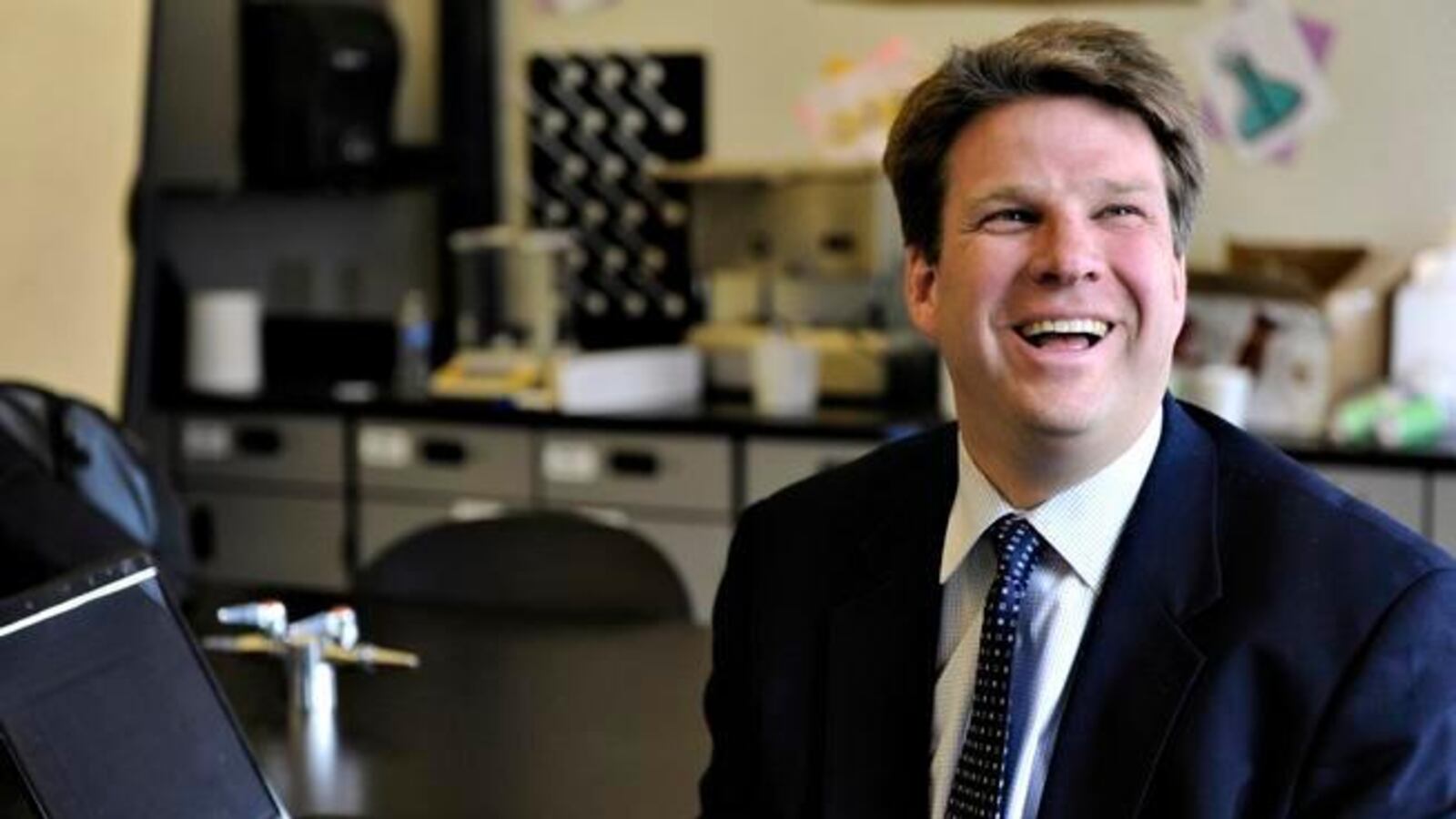Bill Kurtz, CEO of the homegrown and high-performing DSST charter school network, was inducted this week into the National Alliance for Public Charter Schools’ Hall of Fame.
This is hardly his – or the schools’ – first accolade. Oprah Winfrey gave DSST $1 million and Hillary Clinton’s campaign just lauded the schools for being innovative. The network has been the subject of positive press from The Denver Post to The New York Times. And U.S. News & World Report recently ranked DSST’s flagship school in the Stapleton neighborhood the No. 3 high school in Colorado.
But there’s also plenty of skepticism to go around when it comes to DSST, which runs 12 middle and high schools in Denver and plans to open several more.
Critics say DSST schools take only the most promising students, encourage those who are struggling to move on and benefit from a largesse traditional public schools can only dream about (see: Oprah). In 2015, the Post’s editorial page editor (who is clearly a fan) tackled those criticisms and concluded they were overblown.
In bestowing the recent honor upon Kurtz, the National Alliance for Public Charter Schools, a nonprofit organization dedicated to advancing charters, noted that DSST is expected to educate one in four of Denver’s middle and high school students within the next decade.
Here are highlights from five stories about DSST.
1. The school started with an idea from former Gov. Bill Owens and a $2.5 million pledge from Microsoft chairman Bill Gates, according to a 2002 Denver Post story we’ve excerpted below. (We couldn’t find the story in online archives.)
Gov. Bill Owens had the idea for two years. Now he has the land to create the next generation of high-tech education. The Denver School of Science and Technology will break ground next year on a weed-infested 10-acre site donated by Forest City, the developer of the future Stapleton community of 12,000 homes. The charter school, created with $10 million in private donations, will cater specifically to girls and low-income kids. It will enroll 100 students in 2004 and eventually up to 400. The school aims to bridge the cultural digital divide and encourage kids to pursue careers in science, math, engineering, computers and even biotechnology.
2. The first DSST opened in Stapleton in 2004. By 2012, the network had multiple schools. A report showed that its test scores — and those of other charter networks — were having a significant impact on the district’s growth and achievement scores at grades six and above.
3. In 2013, EdNews Colorado analyzed student retention at Denver’s high schools. Charter schools retained more students than traditional schools, the analysis found — and of the four charter schools that had been open since 2009, DSST in Stapleton had the lowest attrition rate.
4. In June 2015, the Denver school board approved a dramatic expansion of DSST. The charter network plans to have 22 schools by 2024-25, which would make it the largest in Colorado.
5. In July 2015, state science test scores at three DSST middle schools dropped significantly — in one case from 72 percent of students scoring proficient to just 50 percent scoring that way. But even the scores at those schools were above the district average.

